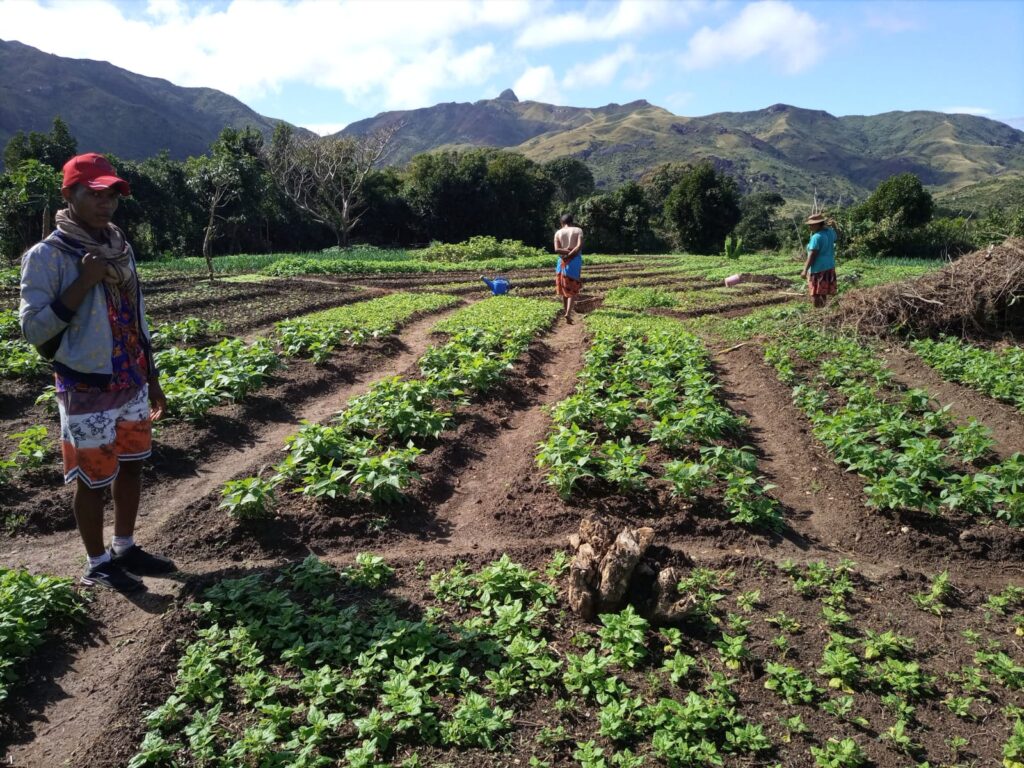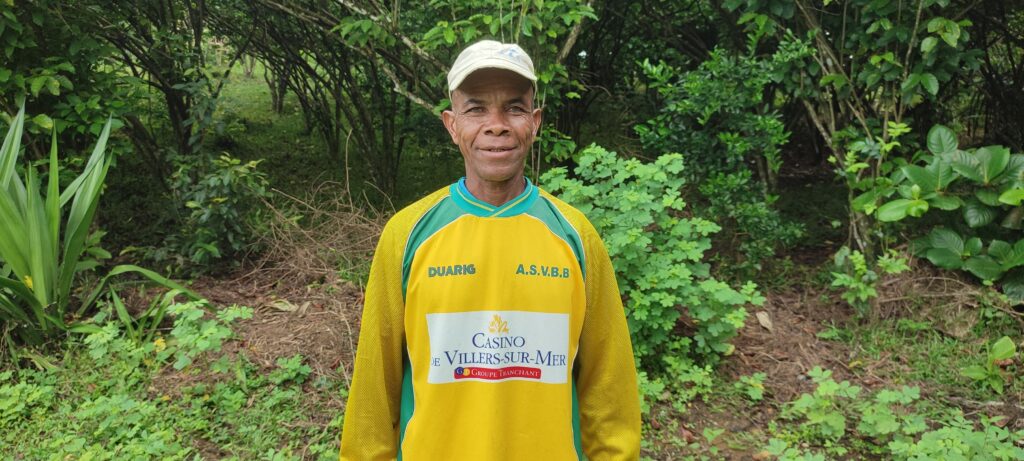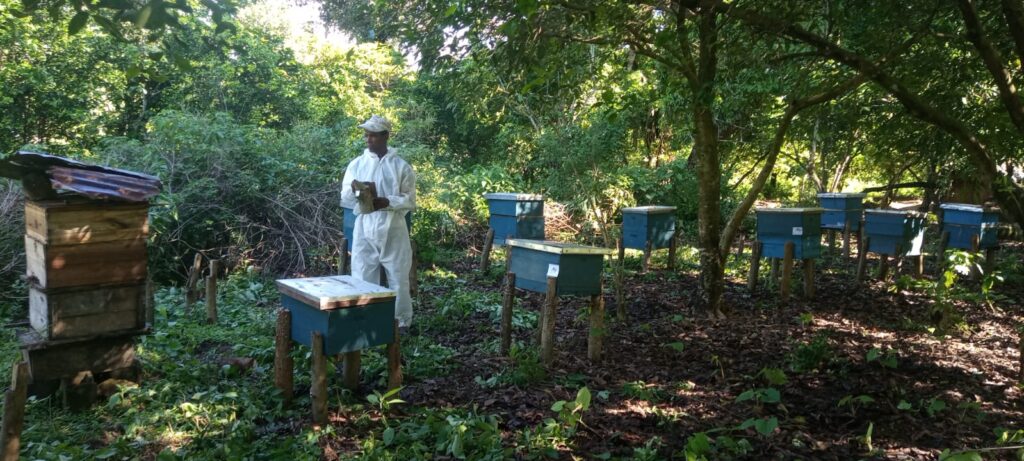The Forest Guardian of Madagascar

Madagascar is renowned for its rich fauna and flora, with more than 80% of its species found nowhere else on Earth. However, the country has one of the highest deforestation rates in the world, having lost more than 23% of its forest cover since 2000, driven by local subsistence agriculture. Located in southeast Madagascar, the 58000 ha Tsitongambarika tropical forest is home to unique wildlife. New species of plants and animals continue to be discovered, while the forest is a vital water supply for local communities in addition, to supporting livelihoods. Deforestation, driven by local subsistence agriculture is a major threat to the forest. Since 2006, Asity Madagascar (BirdLife Partner) has promoted conservation of Tsitongambarika, leading to its definitive status of Protected Area in 2015. Asity is also working with local communities who live around the forest, supporting at least 10,000 households since 2008. In 2022, 427 families were supported, thanks to support from the Hempel Foundation and Vanguard. Marius Andriamorasata from Asity sat down with 47 year old Resamy Damy from Andramanka village one of the areas where Asity is implementing projects, who explained why he is part of the forest preservation efforts.
By Andriamandranto Ravoahangy
Marius: Thankyou Resamy for agreeing to talk to us. Now tell me, why is the Tsitongambarika forest important to you?
Resamy: For a long time, we have depended on the Tsitongambrika forest forsurvival. Coming from a large family in Andramanaka where I was the sole bread winner, I was involved in illegal activities in the forest to eke out a living.
Marius: Tell us more about the activities you were involved in.
Resamy: I was involved in illegal logging where we would engage in clearing the forests for cassava plantations. The timber gotten from this logging would be sold in the market. Within a month, we would clear at least 10 trees for timber or an area of about two hectares a year for cassava plantation.
Marius: What are some of the challenges you faced when carrying out this work?
Resamy: This work is not for the faint hearted. Sometimes, we would run into forest patrols who would confiscate out equipment and arrest us. Other times, we were not so lucky, due to unexpected patrols led by the local based community groups which would disrupt our work.
Marius: What made you stop the illegal logging activities?
Resamy: I happened to be in a local community event, where Asity conducted a sensitization event on the need to protect Tsitongambrika. At this event, they explained how illegal logging activities were affecting the forest and subsequently us. I became very interested. Afterwards, I attended some more sensitization events by Asity which made me realize the damage we were doing to the forest. After these events, I decided to stop these activities that harmed the forest. When Asity began supporting local people to stop illegal logging activities and start income generating activities, I was among the first people to take up the offer. This was in 2012 and since then, I have never looked back. Asity helped me start bee rearing. As a result of increased income from the bee rearing, and with support from Asity, I was able to start vegetable farming in 2018, and now I will be able to buy Zebus (humped cattle) and land this year. I can now take my five children to school, all thanks to these income generating activities, supported by Asity. My income now is much better, in comparison to the income I was getting as an illegal logger.
Marius: How has the communities’ attitude on forest conservation changed?
Resamy: We have seen an increasing number of locals stop these illegal activities, and take up the income generating activities supported by Asity. People are increasingly aware that protecting the forest is ensuring a good life for us and our future, and have joined forest conservation efforts. I have also been involved in several Asity’s sensitization campaigns.
Marius: What is your parting shot?
Resamy: When I was a kid, looking for firewood was easy, as we could find it anywhere. Nowadays due to forest clearance, we have to spend long hours searching for firewood, an indication of what can happen if we destroy our forest resource. I am a testament that local communities can play a key role in preserving forests, while benefiting from these resources without destroying them. I will continue being involved in Asity’s efforts to ensure that the Tsitongambrika forest is preserved for future generations.




